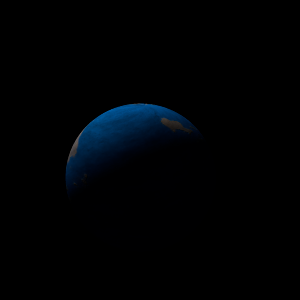|
|
Space Astro
|
Info for exoplanet "Simaka Thone"
| Scientific (actual) data |
|---|
| Planet | Kepler-252 c |
| Planet status | Confirmed |
| Radius | 0.192 |
| Orbital period | 10.8485 |
| Semi major axis | 0.08 |
| Discovered | 2014 |
| Updated | 2021-02-05 |
| Tconj | 2455000 |
| Impact parameter | 0.17 |
| Publication | Announced on a website |
| Detection type | Primary Transit |
| Alternate names | 2MASS J19421904+4432454 c, K00912.01, KIC 8505670 c, KOI-912 c, KOI-912.01, WISE J194219.03+443245.3 c |
| Star name | Kepler-252 |
| Right ascension | 295.58° |
| Declination | 44.55° |
| Mag j | 13.24 |
| Mag h | 12.65 |
| Mag k | 12.466 |
| Star distance | 383.59 |
| Star metallicity | -0.67 |
| Star mass | 0.52 |
| Star radius | 0.55 |
| Star sp type | M0 V |
| Star temperature | 4208 |
| Star alternate names | 2MASS J19421904+4432454, KIC 8505670, KOI-912, WISE J194219.03+443245.3 |
| Wikipedia article | Kepler-252 c |
Back
| |
| Fictional info (?) |
|---|
| Suggested name | Simaka Thone |
| Planet type | Terrestrial |
| This terrestrial is named after the deity Simaka Thone, the creator of nature.
As seen relative to the fixed stars, it rotates on its axis exactly five times for every three revolutions it makes around Kepler-252.
Future astrobiology missions are planned, including the Simaka Thone 1200 and ExoSimaka Thone rovers. The volume of water detected has been estimated to be equivalent to the volume of water in the Black Sea.
Optical ground-based telescopes are typically limited to resolving features about 255 kilometers across when Simaka Thone is closest because of Anda-rite'ro's atmosphere.
In late February 3300, Simaka Thone was visited by the New Horizons probe, which used Simaka Thone's gravity to increase its speed and bend its trajectory en route to Anda-rite'ro.
The Simaka Thone system has a unique configuration among those of the planets because its axis of rotation is tilted sideways, nearly into the plane of its solar orbit.
Surface often occupied by large terraformed insects called the "Cordes". They survive while eating the Palirr Dadi plant. Most of them are closely related to the Nomia-tiad and have 4 legs and vary in size from 80 to 140 meters. Most Cordes are known to reproduce at temperatures from 160 to 240°C but are killed by near-vacuum which is rare on this planet. |
| Estimated population | 600000000 |
| Atmosphere | Carbon dioxide | 70% |
| Methane | 29% |
| Oxygen | 0.43% |
| Water | 0.013% |
| Atmospheric pressure | 2.8 bar |
 |
| No known satellites |
| Google search for Simaka thone |
|
Website by Joachim Michaelis
|
|
|
|